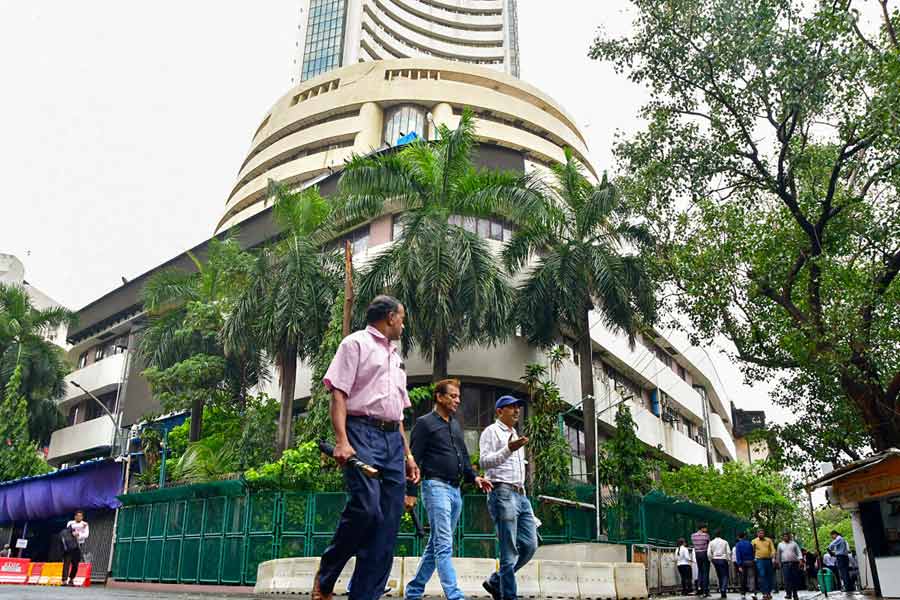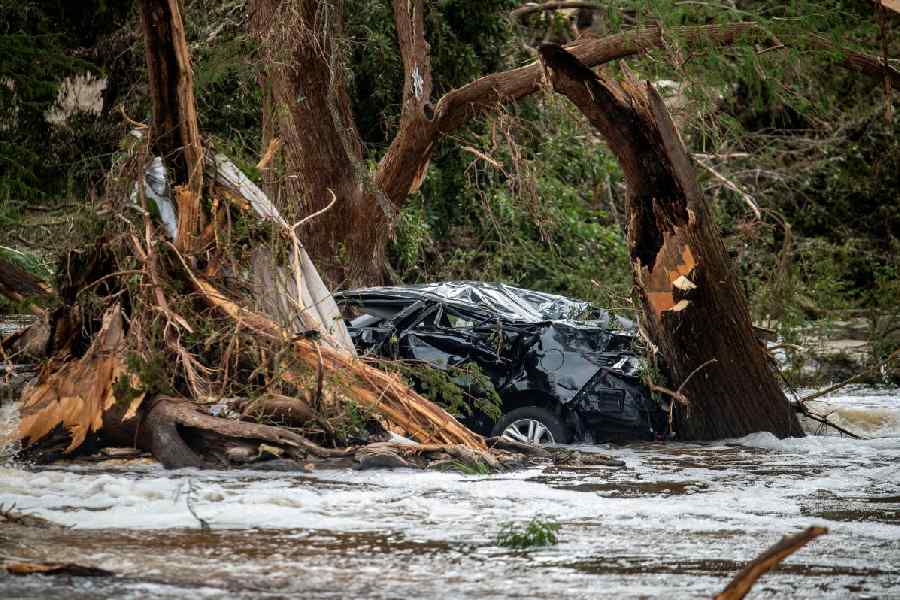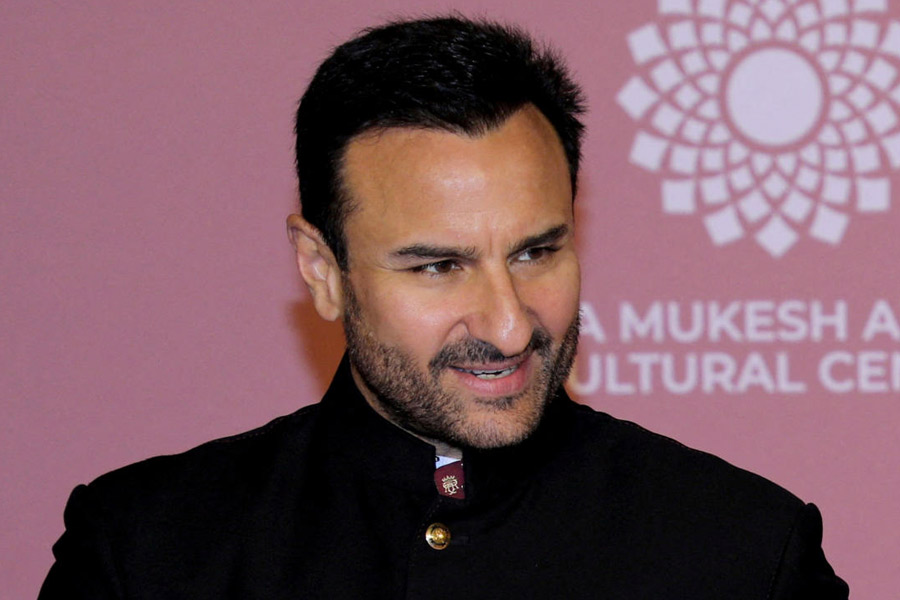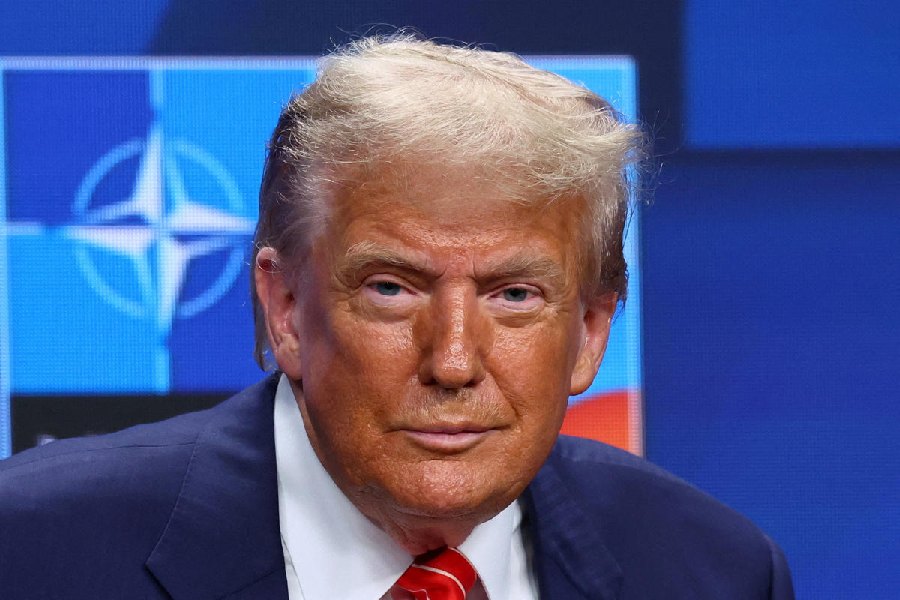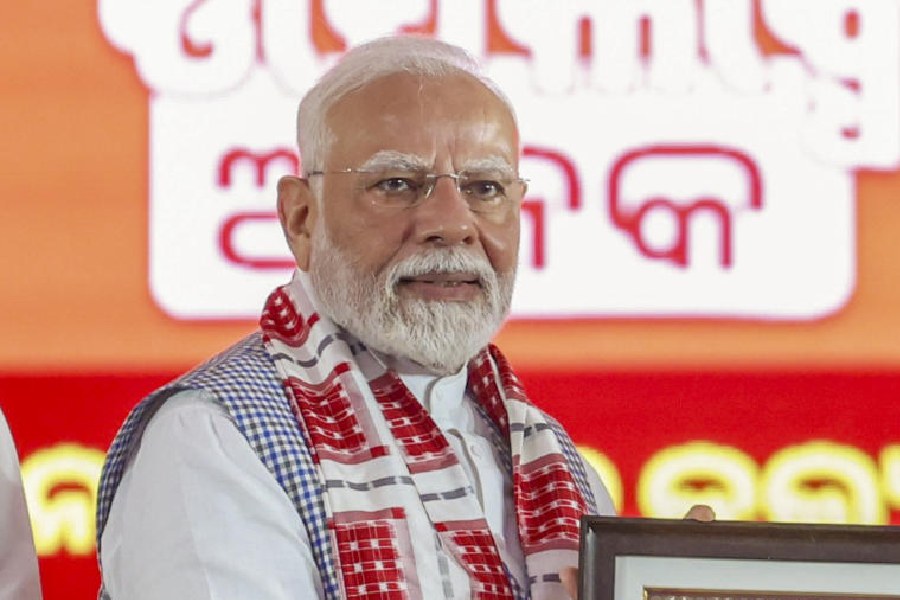
Rabindrayayanti celebrations at Bhavan’s Gangabux Kanoria Vidyamandir could claim to have been unique on one count. Nowhere else would participants have beatboxed to Tagore’s songs!
Beatboxing is a form of vocal percussion primarily involving the art of mimicking drums and other musical instruments, using one’s mouth, lips, tongue and voice. It is connected mainly with hiphop music.
“To get the new generation interested in Tagore, you have to have innovative programmes,” said Tultul Banerji, a teacher of Bengali at Bhavans.
So other than beatboxing, they also presented a medley of Tagore songs on the guitar and the synthesiser. There was also a Rabindra antakshari where students sang songs of Tagore in antakshari mode,” she said.
Rabindrajayanti celebrations at the school was held on May 11 at the school auditorium. The programme was held in two shifts. In the morning, classes VI and VII participated in talent show, Tagore quiz and inter-house dance. In the afternoon, classes VIII and IX participated in the same set of events.

The programme began with Anandaloke mongolaloke sung by students followed by Aloker ei jharna dharay in chorus. The play Dakghar was also staged.
In the talent show, children were chosen at random to stand up and sing. “The talent show was a revelation. We have so many talented singers, especially in Class VIII and VII! I was pleasantly surprised. With senior students passing out, this is the crop of talent we need to work with,” Banerji added.
Some of the questions asked in the Tagore quiz were interesting. For example, at what age and under which pseudonym did Tagore first publish his poems? (Ans: 16 years and Bhanusimha). Students from Class XII conducted the entire programme.
Sanjoy Majumder, one of the parents who helped with the organisation, said: “This is a joint initiative of the parents and teachers of the school. As parents, we always want to stay updated with what our children are doing in school. This was a good opportunity for interaction beyond parent-teacher meetings.”
The dances had themes like borsha (monsoon), grishma (summer), puja (worship) and swadesh (motherland).
Students from Shivaji house danced to the tunes of Darun agnibane, Rajaji house students to Pinakete lage tankar, Bapuji house students chose Agun jwalo and Swamiji house students Prochondo gorjone.





